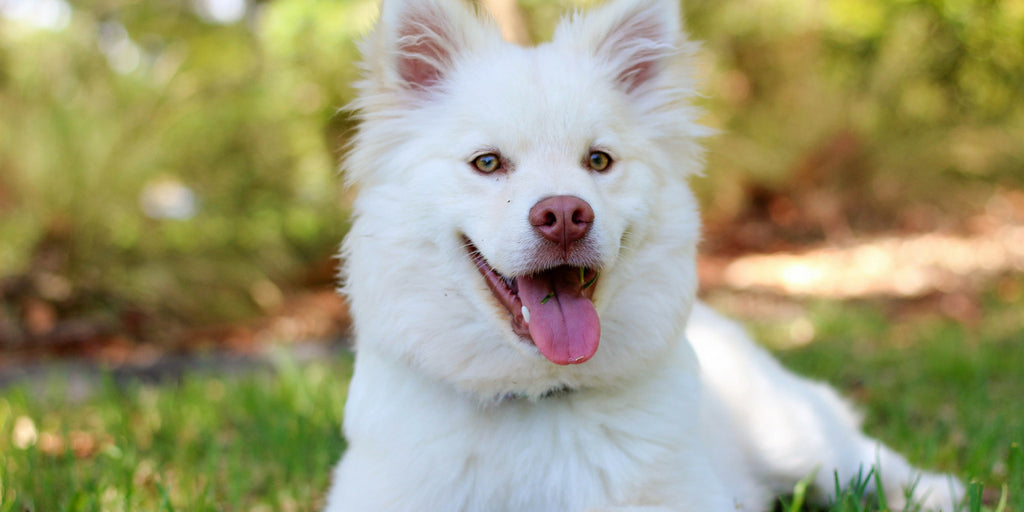Keep Your Pets Cool in the Heat With These Tips

July has ended and we are entering one of the hottest months of the year. For your furry friends, August heat can make staying cool more difficult than ever. To help you enjoy the rest of your summer with your animal family, we're here with everything you need to know to help your pet avoid heat exhaustion and keep cool.
Heat Exhaustion and Symptoms to Watch for
It's important to be able to recognize signs that your animal is suffering from the temperature. Heat exhaustion could lead to serious or possibly fatal complications, so recognizing the following symptoms in your pet under any type of heat is essential:
- Drooling or panting that is excessive
- Breathing difficulties
- A sudden weakness that is mild-severe
- Increase in heart rate
- The appearance of being in a "stupor"
- Vomiting/bloody diarrhea
- Seizures
While many pet owners may automatically think of high temperatures when they think of heatstroke or heat exhaustion, temperatures do not necessarily need to be high for heat-related issues to occur in pets. This makes it that much more important to prevent, detect, and treat any heat-related symptoms.
Special Considerations
Some cats and dogs are more likely to overheat than others and if your animal is one of them, you should take extra care. Fat or super-muscular dogs may become overheated because of weight. Old dogs or young puppies may become hot quickly, as well as pets on certain types of medications.
In addition, dogs and cats that have shorter noses and snouts are more prone to heatstroke and exhaustion than other breeds. This is because of their inability to pant effectively. These breeds can include (but are not limited to) Pugs, Boxers, Bulldogs, Persians, and Himalayans.
Tips for Keeping Your Pets Cool in the Heat
- Do allow your cats and dogs to always have access to fresh water. Just like humans, your pets need to replenish their bodies with liquids often.
- Don't leave your pet alone in a vehicle in the heat. Ever. Even if it doesn't seem that hot, heatstroke can occur whenever humidity levels are high enough; regardless of temperature. And the confined space of your vehicle becomes a lockbox of heat within minutes.
- Do ensure that your pet always has access to shelter or shade away from the heat or sun when outside.
- Don't assume that shaving your pet is the best option to keep them from overheating. Some animals have double-coats, which are designed to protect against the weather. The undercoat keeps the animal warm and dry, which works to insulate him or her from the heat and protect the skin from sunburn. Animals with double-coats should not be shaved because it does not allow the animal to regulate its temperature properly. If you are unsure if your pet has a double-coat, consult your veterinarian.
- Do try to take walks or runs with your dog in the early mornings or evenings, instead of the middle of the day. These times will be the coolest for your pet.
- Don't ever ignore signs that your dog or cat is overheating. If you suspect he or she is too hot, cool them down slowly with cool (not cold) compresses and small drinks of water. Call your veterinarian following these actions if you feel your pet is overheated.
By staying educated and working hard to care for your pets, the furry members of your family can enjoy the summer with you without the risks that come along with the August heat. Follow the tips you've seen here to prevent heat exhaustion and keep your pets happy, healthy, and thriving.
- Choice Pet Admin
